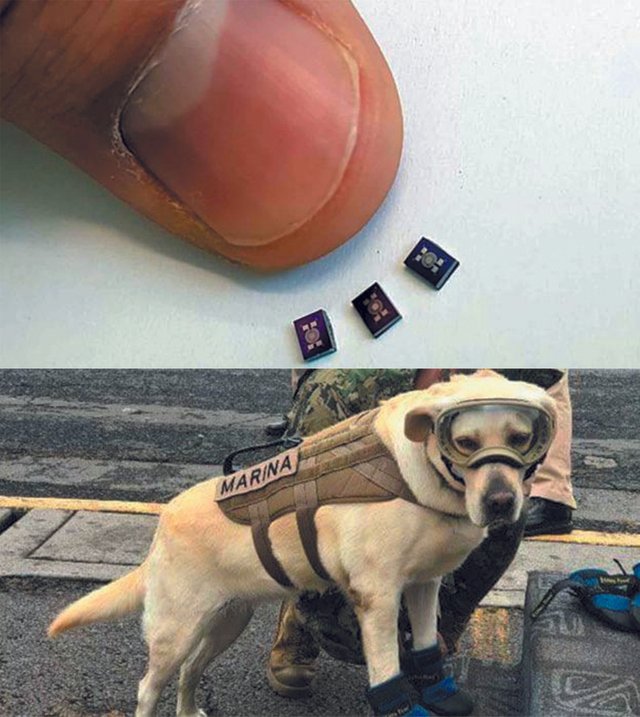Because of the sharp scent of identifying a thing, the use of dogs in search of a long time is very useful. Especially in the aftermath of the earthquake-relief rescue, the intense scent of the dog became very helpful to understand the presence of people stuck under the debris. But sometimes the post-disaster situation is such that it is difficult to take a blood-meat dog on the spot. In this situation, scientists have presented electronic dogs for rescue workers. This e-dog is nothing but a sensor capable of identifying the smell. Researchers say the use of small and low-cost sensors in the form of this sensor can now be done very easily.
Trained dogs are still the biggest friends of the rescue workers to identify the position of buried people below the debris caused by earthquakes or landslides. But taking a dog at the accident site sometimes becomes quite risky. The dogs also need to rest like any other living organism. As a result, it was difficult to get rid of the rescue operation. Keeping this crisis in mind, a group of researchers from Switzerland's ETH Zurich University has created e-dogs. This special type of machine led by Process Engineering professor Sotiris Pratinsin, which can identify the scent like a dog and does not require any rest. This related research article has been published in the journal Analytics Chemistry.
This passage did not happen in one day. Earlier, scientists created a gas sensor that could detect the presence of certain gases such as acetone, ammonia and is prone. Basically, the main goal was to create a sensor with the ability to identify breathing and respiratory chemicals from the skin. In this case, scientists concentrate on increasing the power of this sensor. At the same time, this sensor connects the sensor with carbon dioxide and water vapor recognition to a full level.
How effective is this e-dog Scientists say that in the collaboration of Cyprus and Austrian scientists, this special sensor has been tested in laboratories? The results found in it are quite satisfactory. The sensor has been tested in the laboratory of the Breast Research Institute in Inskrak University, Austria.

Professor Sotiris Pratinsini told the science daily, saying that it is important for such sensors to have the ability to identify different types of compounds at the same time. Because the source of a particular chemical can be anything other than a man. For example, carbon dioxide can be said, which can come from buried people or any fire source. But simultaneously, the sensor capable of identifying the chemical, carbon dioxide and water vapor produced by the human metabolism can be very sure of the presence of living people under the debris.
The sensor made by scientists of ETH is small as a computer chip. Regarding its ability, Pratinsin said, "It is as sensitive as any ion detector spectrometer. The difference is that it is very small. The price is lower. In contrast, the spectrometer size is equal to a proof-size suitcase. In the next step, we would like to test its capacity at the actual accident. Then it will be thought of marketing. '